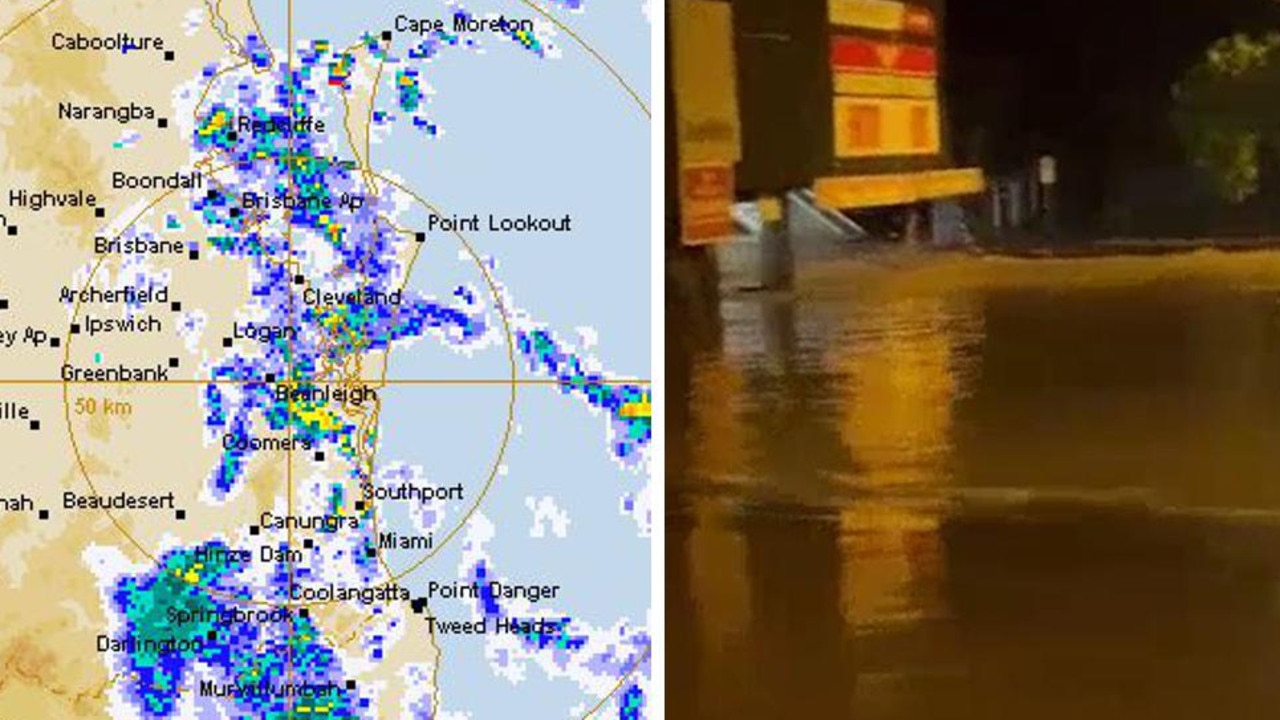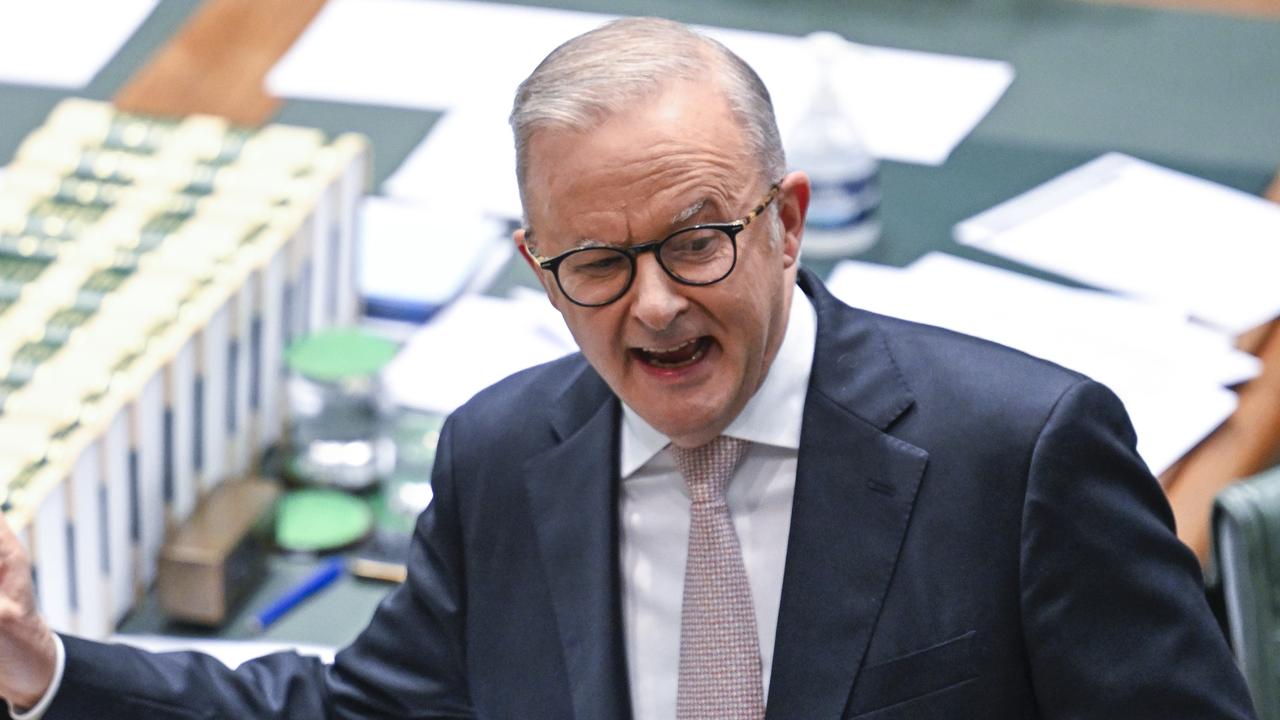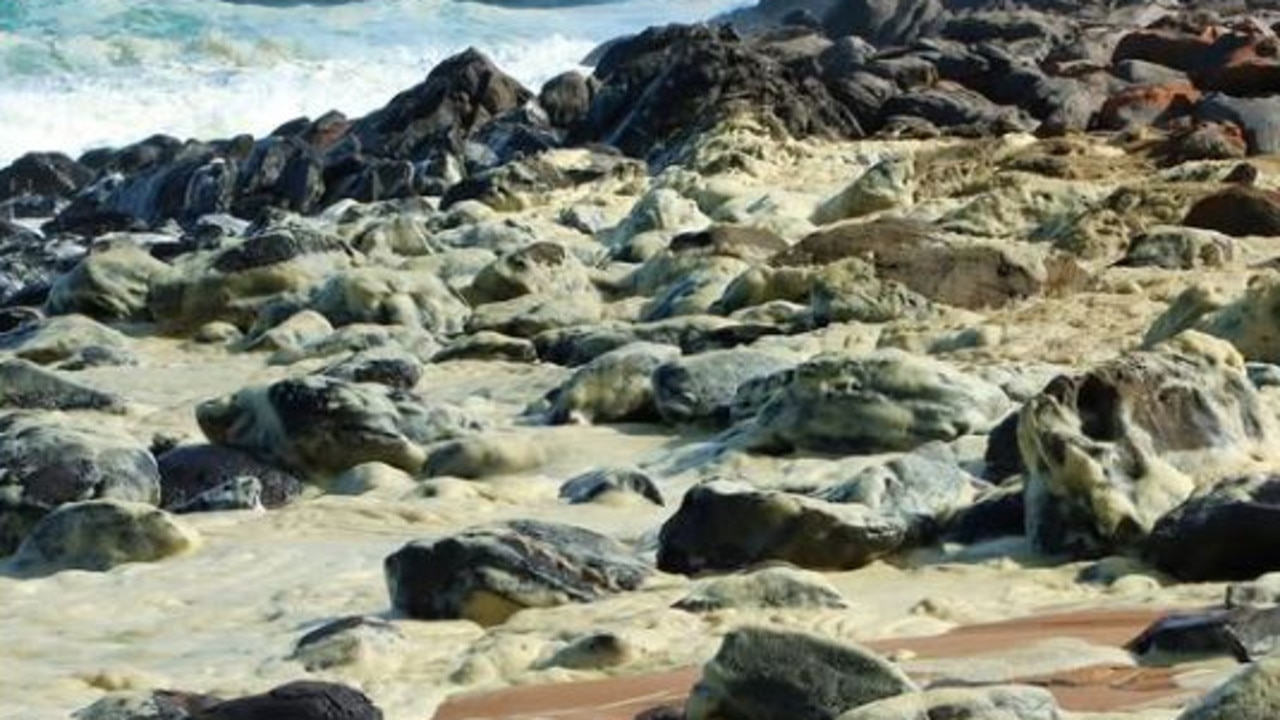Tony Abbott accused of ‘dragging Australia back’ as renewables directive revealed
CHANGE is coming and some countries will adapt and flourish while others stagnate. Here’s what’s holding Australia back.
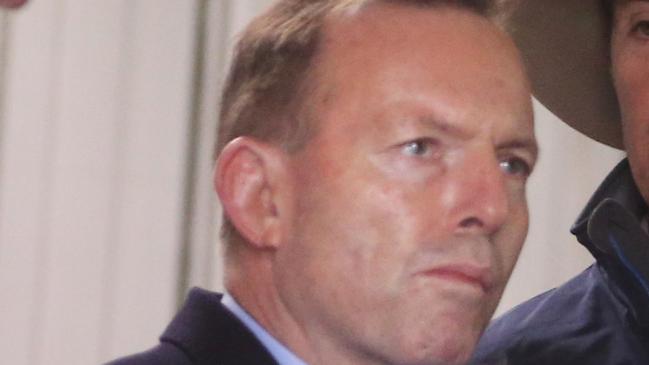
PRIME Minister Tony Abbott is being accused of “dragging Australia back” when it comes to investment in renewables after a decision to exclude solar panels and wind farms from funding.
A new government directive is expected to stop Australia’s “green bank”, the Clean Energy Finance Corporation, from investing in wind and rooftop solar because the federal government does not consider them emerging technologies.
Up until now, small-scale solar reportedly made up about 30 per cent of the projects the CEFC was investing in.
Climate Council chief executive Amanda McKenzie said the changes could impact on those households wanting to buy solar panels.
“Unfortunately for households, solar has been enormously popular, so this could have a big impact on that,” Ms McKenzie told news.com.au.
Opposition environment spokesman Mark Butler said the CEFC was being set up to fail.
“The government is effectively bloodletting the CEFC since its attempts to abolish it have been fruitless,” Mr Butler said in a statement today.
The Coalition has already tried twice to axe the $10 billion fund, which actually makes a profit for the government, but failed to get the legislation passed.
“When will he (Mr Abbott) understand the global momentum is outpacing him and he is dragging Australia back?” Mr Butler said.
The latest report follows comments from Mr Abbott earlier this year that wind farms were “visually awful”.
It also seems at odds with sentiment around the world, with many countries stepping up action on climate change including the United States, European Union and China, which have all revealed ambitious greenhouse gas emissions ahead of the Paris climate change talks to be held later this year. Even oil-rich Saudi Arabia, which offers some of the world’s cheapest electricity, is investing in renewables.
Australia has yet to reveal its own carbon reduction targets and last month was described as going from “leadership to free-rider status” on climate action by former UN secretary-general Kofi Annan.
But Mr Abbott has complained his government deserves more credit for its efforts to slash carbon pollution and reduce emissions.
“Other countries make all these airy, fairy promises that never come to anything,” Mr Abbott told reporters near Goulburn on Monday.
“We’ll take a very strong and credible position to Paris,” Mr Abbott said.
Grattan Institute energy program director Tony Wood told news.com.au that if there was a perception that the government did not support renewables it was their own fault.
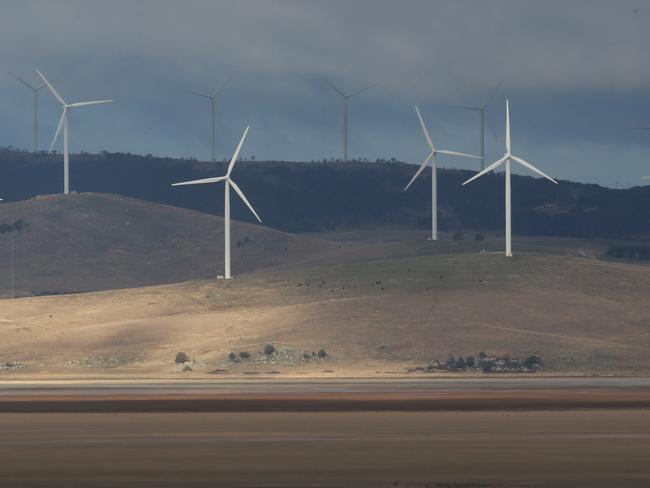
Mr Wood said former Liberal prime minister John Howard had introduced the renewable energy target, but by doing things like talking negatively about wind farms the government had created a perception it was against renewables.
The latest directive seemed to be another example of this, and Mr Wood said he was unsure why the Abbott Government felt it needed to put it forward.
“To me the CEFC was pretty much moving in that direction anyway. I do wonder what the point was of having the directive. All it’s done is reinforced the government is anti-renewables,” he said.
Environment Minister Greg Hunt has defended the CEFC directive, saying that the green bank was doing what it was meant to do, and it should focus on the “next opportunity”: large-scale solar and better energy storage.
But others believe the government is trying to strip the green bank for “ideological purposes”.
The CEFC is now reportedly seeking legal advice on whether the government’s new directive is in line with its investment guidelines.
There is also debate over whether only investing in emerging technology is the best way to help Australia meet its carbon reduction targets.
Ms McKenzie said that, from the perspective of tackling climate change, changing the energy market rapidly was the number one way to see emissions drop.
“This is not going to happen by investing in emerging technology; it will if you invest in technology that is close to market,” she said.
The Climate Council’s chief councillor Tim Flannery said in a statement that Australia risked becoming a “global pariah” if the federal government did not step up efforts to tackle climate change.
He said Australia should be pushing both wind and solar if it wanted to meet its international obligations to reduce carbon emissions.
“Emerging technologies are not going to help us now,” Mr Flannery told Sky News.
“What we need now is reductions.”
WHAT’S HOLDING AUSTRALIA BACK?
The Grattan Institute’s Tony Wood, who has worked for Origin Energy and was the program director of the Clinton Foundation’s Clean Energy Projects, said he thought the best way to encourage low-emission technology would be to set clear climate change goals. At the moment Australia’s emissions goals did not extend beyond 2020.
“At the moment solar and wind do cost more because they don’t require fossil fuels to include the cost of environmental damage in the cost of their product, so this is essentially a subsidy for fossil fuel. This makes solar and wind look more expensive than it really is,” Mr Wood said.
“If there was no need to address climate change, wind and solar would only be a small industry, so the development of clean energy technology would be difficult in the absence of a credible climate change policy.”
This month the federal government was expected to release its post-2020 emissions reduction target but the PM hinted it would first be discussed at a partyroom meeting on August 11.
Many other nations, including New Zealand, have already announced their post-2020 emissions reduction targets ahead of the United Nations climate change conference in Paris later this year.
A special taskforce has been designing Australia’s post-2020 targets, which the Coalition has repeatedly said would be in step with the nation’s trading partners.
The government-funded Climate Change Authority wants 30 per cent emissions reduction on 2000 levels by 2025 and 40 to 60 per cent by 2030.
That’s in line with a new Climate Council report that finds anything below a 40 to 60 per cent cut would render Australia a “global pariah”.
Mr Wood said Australia would soon be the world’s biggest exporter of coal and gas and if the world moved to address climate change, which it would certainly do, the country would be worse off.

He said Australia had an interest in maintaining some fossil fuel use, but it was also not realistic that solar and wind, which made up about 7 per cent of Australia’s energy mix, would suddenly jump up to 100 per cent in the next 30 years.
The key was how to manage the transition and this could include things like carbon capture and storage. It may also mean that it could be cheaper for Australia to buy international permits to reduce its emissions.
“We’ve got a vested interest in seeing this done properly. There is no point in fighting against it.”
ARE WE REALLY FALLING BEHIND?
China, which is the world’s biggest carbon emitter, has built the world’s largest renewable industry, including the world’s largest wind farm.
Following on from a pact with the US last year to see its emissions peak by 2030, China has further committed to increasing the share of non-fossil fuels in the country’s primary energy consumption by 20 per cent.
It has doubled its hydro power, introduced solar and now has 95.8 gigawatts of wind power, which is 90 times largest than in 2005. By 2020, it hopes to increase wind to 200GW, hydro to 350GW, solar to 100GW and nuclear to 58GW.
These levels are so ambitious that some have said China could only be described as a “emerging renewables superpower”.
Meanwhile, even the oil-rich Saudi Arabia committed to an aggressive target three years ago. It provides electricity for as little as 1¢ per kilowatt-hour — so cheap that people have been known keep their home airconditioners on when they go on holidays.
According to The Atlantic, the kingdom has plans to build 10 solar projects around the country. It wants to build 41GW of solar by 2032, enough to supply about 20 per cent of the kingdom’s projected energy needs.
The plan has been slow to materialise due to bureaucratic infighting and technical hurdles, such as the frequent sandstorms that can slash energy production. But the fact that one of the biggest supporters of fossil fuels is interested in solar has been taken by some as one of the clearest signs yet that solar is becoming a cost-effective source of power.
Meanwhile, all of the G7 leading industrial nations, except Japan, have outlined their new emissions reduction targets ahead of the Paris climate conference.
Last month, leaders of the G7 also agreed to cut greenhouse gases by phasing out the use of fossil fuels by the end of 2100.
This includes fossil-fuel rich Canada, whose prime minister, Stephen Harper, has been described as being in a “bromance” with Mr Abbott.
Both leaders said last year that they were against measures to limit carbon emissions that caused climate change if there was a chance the measures would hurt their countries’ economies.
Last month, Mr Harper seemed to have softened his approach, signing on for the G7 target and acknowledging that it would require a “transformation in our energy sector”.

Even Cuba has unveiled plans to build seven wind farms in an effort to generate 24 per cent of its electricity from renewables sources by 2030.
Cuban officials did not identify the country of origin of the investors in the wind farms, but it is understood that both Spain and Italy have expressed interest.
‘CRITICAL CROSSROADS’
On current trends, humanity would spend the estimated safe budget of Earth-warming greenhouse gases within 20 to 25 years, a group of climate scientists said last week in Paris, and urged a quick and dramatic transformation of the energy sector.
“The world is at a critical crossroads,” UN Secretary-General Ban Ki-moon said in a message read to a gathering of nearly 2000 academics from around the world this month.
Nations have committed to limiting average global warming to 2C over pre-Industrial Revolution levels, but research suggested the world could be heading for double that or more, he said.
Analysis of emissions curbs pledged by nations to date to underpin the new climate rescue pact, showed the combined effort will “not be sufficient to meet the 2 degree target,” said Ban.
“Clearly strong action still needs to be taken.”
Paris will host the United Nations climate conference for 195 nations from November 30, to thrash out the long-awaited agreement.

